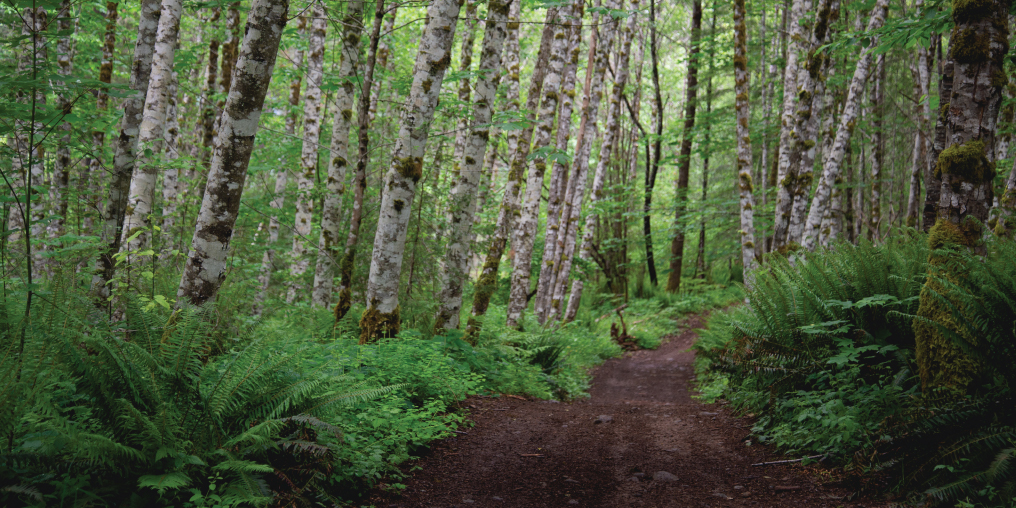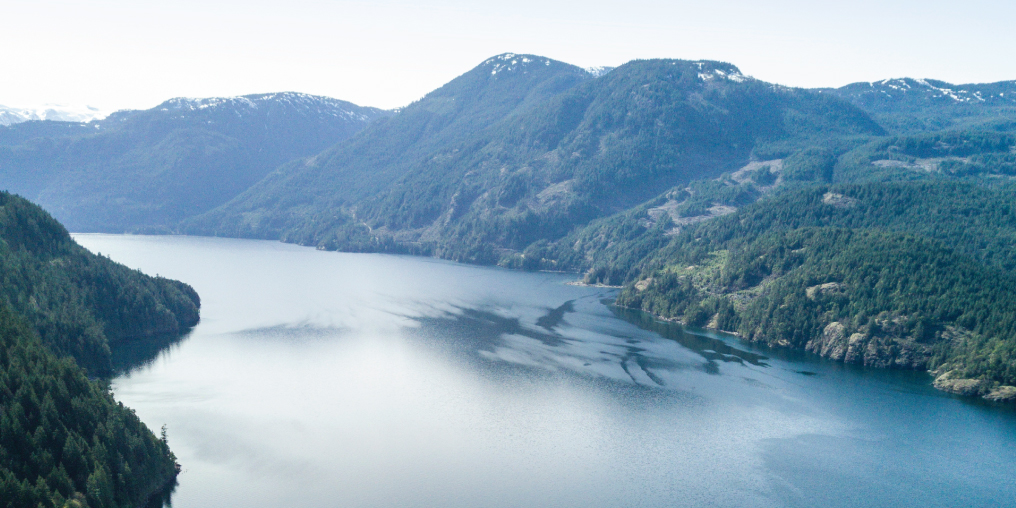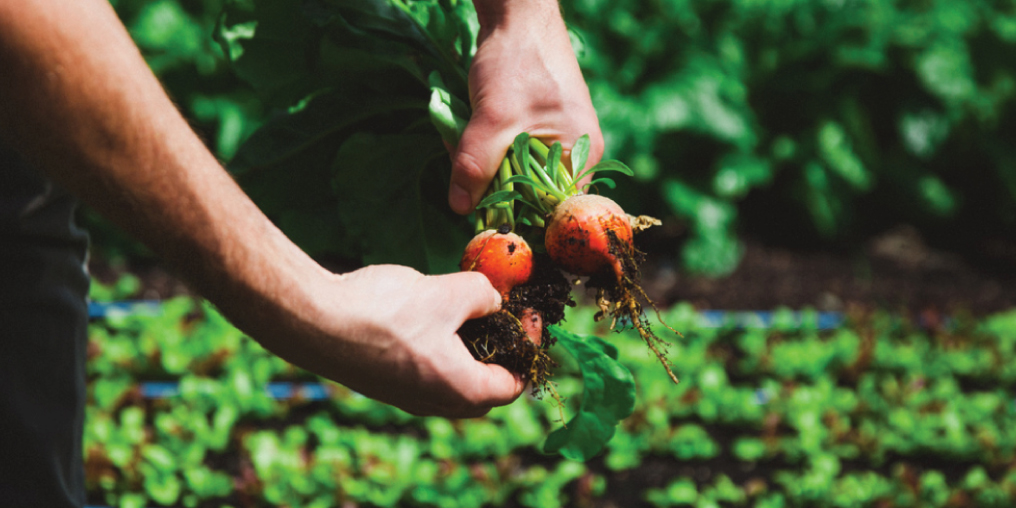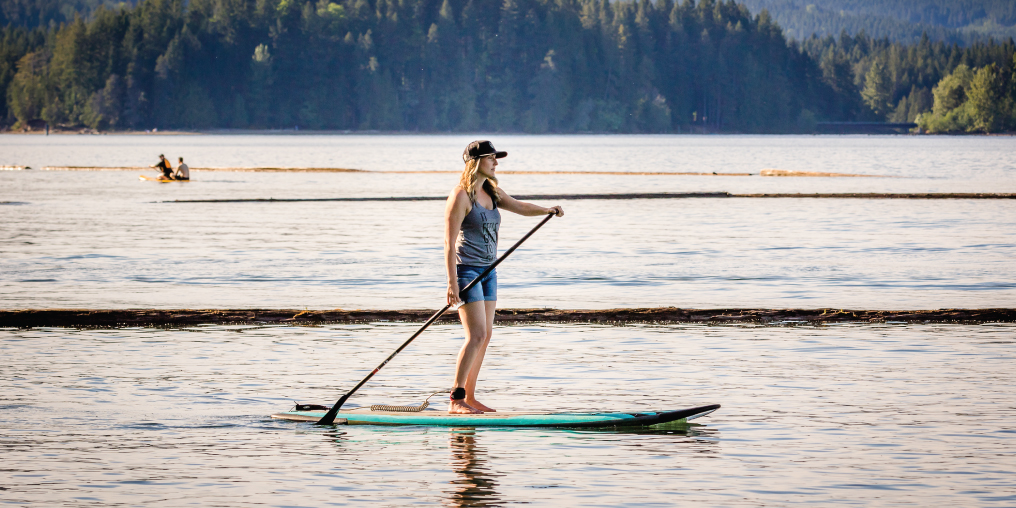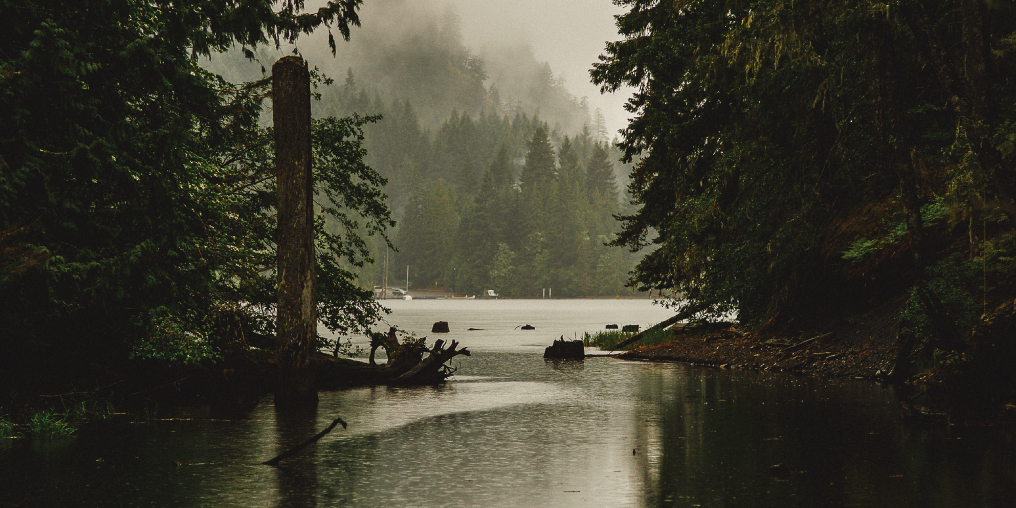The ferns have their fresh, feathery leaves and everything in sight is electric green. This is Vancouver Island in all her glory. This is summer in the Comox Valley.
Last year’s very snowy winter is but a distant memory. The part that remains fresh for me is the change in perspective that came in an instant as I noticed tracks of all kinds in the snow: backcountry, tele, and cross-country ski tracks, sled and toboggan marks, snowshoe, boot print, and paw prints. All told the tale of how well-loved the trails around us truly are.
The green space above Camp Road and below Kendal Avenue in Cumberland has well-used trails, but that day I realized just how much this little neck of the woods is appreciated. Development proposals for this specific area have been in the planning process and negotiation stages for years. I learned about these plans when I ran into Steve Morgan on a walk with his dog, Riley, in our neighbourhood woods not far from home. Morgan is a Valley resident and founding member of the Cumberland Wetlands. With a background in environmental science, he is motivated to engage and educate the public about the importance of these sensitive ecosystems in the heart of our community and watershed.
Morgan has been doing research and hosting events to raise public awareness and discuss development-related concepts like Site Adaptive Planning. He believes in proposing solutions by advocating for ways to work with the land, especially in a “hydrologically complicated area filled with sandstone cliffs, wetlands, and wet forest.” Morgan has also worked with his daughter, an architect, to develop ideas that support affordable and accessible housing solutions to help bridge the gap.
The Comox Valley has a growing population of new residents, many of whom want to get outside and explore. Increasing numbers of people mean more pressure on the balance of natural ecosystems, and development often leads to the loss of urban green space.
These days, environmental concern is part of everyday conversation. We now understand the importance of prioritizing the preservation of trees, forests, and other green spaces. The advocacy group Cities4Forests defines these spaces (aka “urban forests” or “green infrastructure”) as “the natural and semi-natural infrastructure within a city that provides ecosystem services like stormwater management or air pollution abatement.”
Local biologists like Steve Morgan and Leah Ballin emphasize the importance of preserving our forests, wetlands, and other wild spaces. Aside from their intrinsic value, they provide a home for other species, help maintain biodiversity, and are crucial in fighting the effects of climate change like heat, fires, and floods.
In her 2021 book Finding the Mother Tree, UBC professor and world-leading forest ecologist Suzanne Simard demonstrates through science how trees communicate and how they live in complex societies similar to our own. Simard explains how the health of our forests depends on diversity and multigenerational connection.
Governments at all levels have various plans to protect forests and other ecosystems, and the Comox Valley is no exception.
In 2019, after extensive public consultation, Courtenay adopted a comprehensive and ambitious Urban Forest Strategy. It outlines steps and strategies the city will take to achieve a canopy cover target of 34 to 40 per cent (as part of the process, the tree canopy was measured and shown to be 33 per cent of Courtenay’s total area, a decline of 5 per cent—the equivalent of 204 Vanier turf fields—since 1996).
Urban forest management plans exist for both Comox (completed in 2012) and Cumberland (2020). They outline recommendations for how each community can protect its canopy cover. As the Cumberland plan explains, “there’s more to the urban forest than just the trees. The urban forest is a dynamic system of vegetation, water, soil, air, wildlife, humans and the built environment that all interact with each other.
Many local citizen groups are following development proposals and raising their voices to ensure trees are protected throughout the Valley. Governments take our letters into consideration when making policy—especially in election years.
To be honest, politics have never been in the foreground for me, but staying open to curiosity, getting involved, and becoming informed feels inspiring. Since speaking with Steve Morgan, I continue to walk, run, hike, and bike the trails down the street from my home. Nature is where I’ve always gone to unplug and plug in. But now I go with a renewed perspective and strength in agency.

